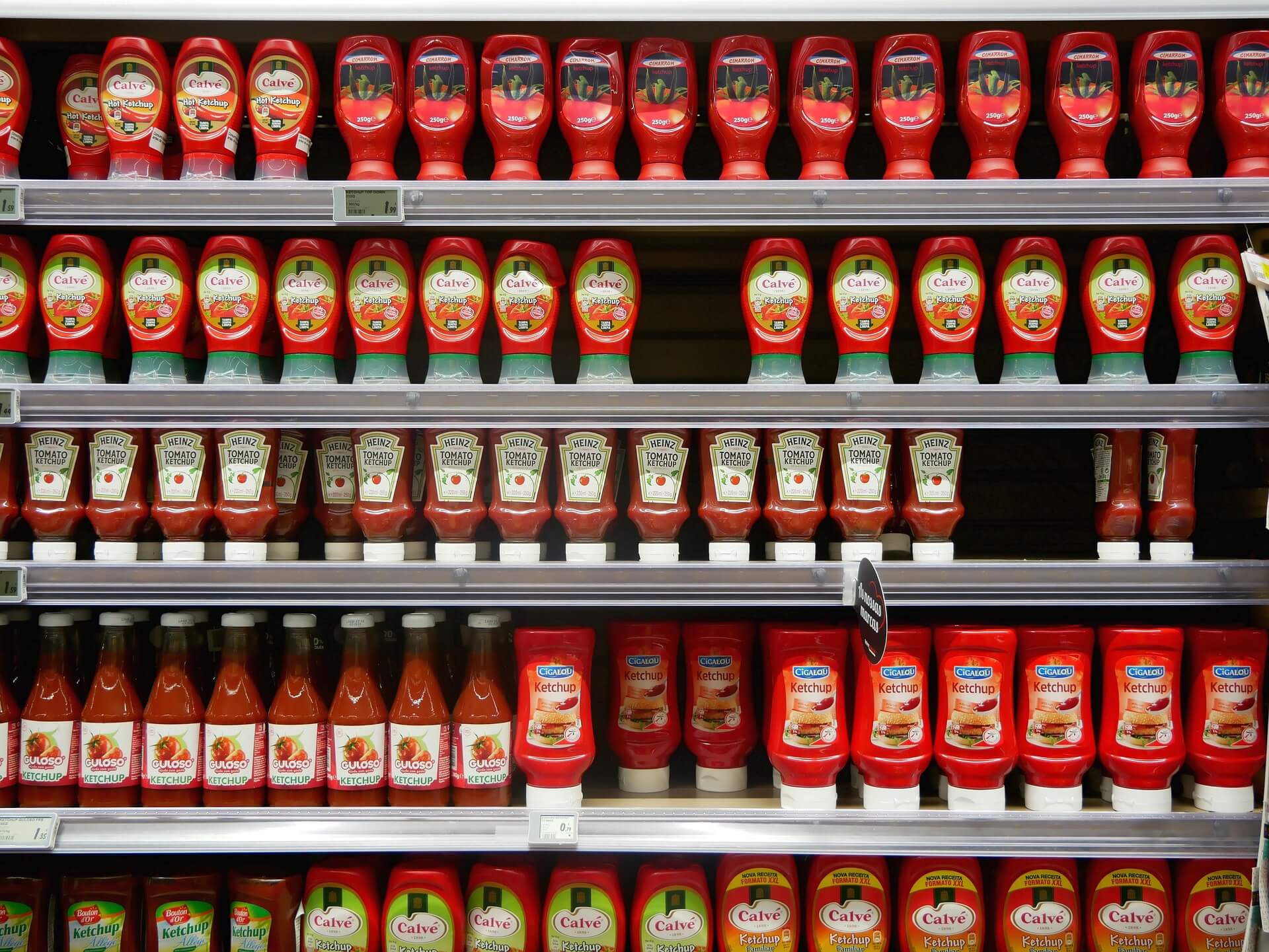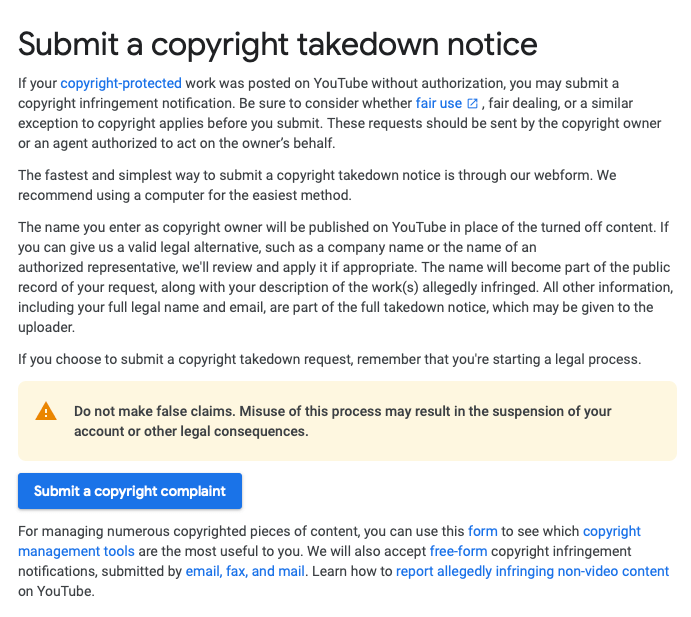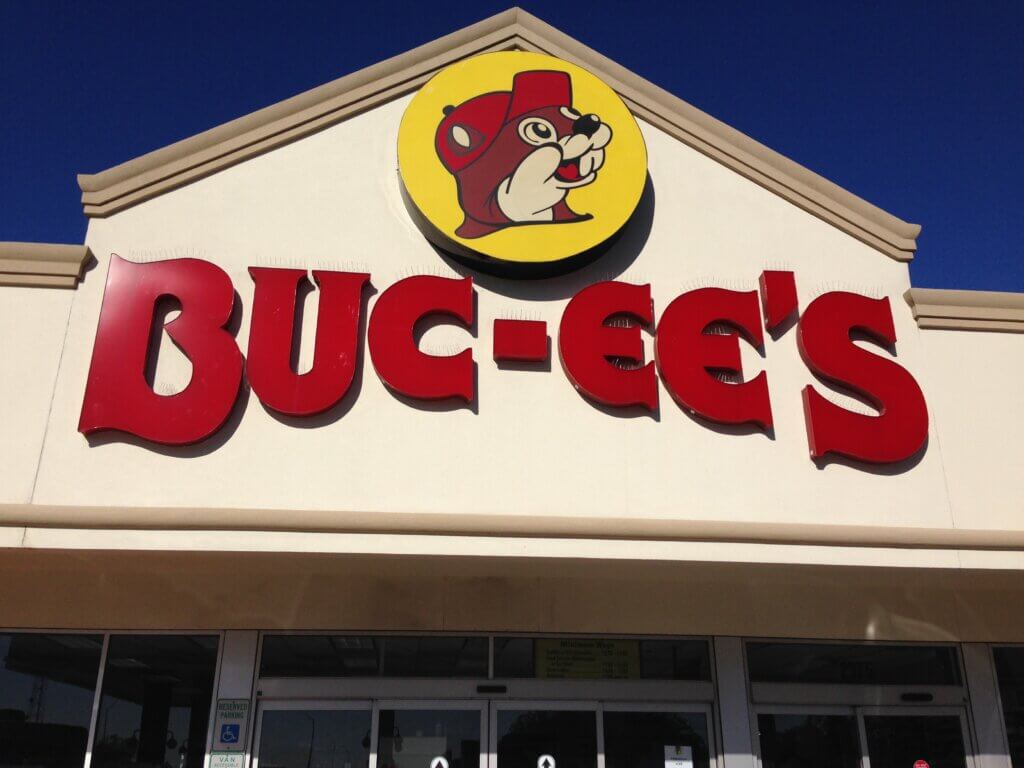Man, I miss Dijonnaise.
It was revolutionary. Dijon mustard. Mayonnaise. Mixed together. In one bottle!
And the best part was the theme song, to the tune of Duke of Earl. Dij, dij, dij, dij-o-naise, naise, naise . . . Bet you can’t get that out of your head now.
Sadly, Dijonnaise was a flash in the pan. Maybe too many people asked, why not just put Dijon mustard and mayo separately, then put them together on the same sandwich?[1]
My response would be similar to that of Nigel Tufnel, lead guitarist for Spinal Tap. After showing off his amp with knobs that go up to 11, he was asked why don’t you just make 10 louder, and have 10 be the top number and make that a little louder?
“. . . These go to 11.”
Anyway, blended condiments are on my mind because I recently read Perry v. H.J. Heinz Company Brands, LLC, 994 F.3d 466 (5th Cir. 2021), also known as the “Metchup” case.
The court in that case held that Heinz’s fleeting use of “Metchup” as part of a promotional campaign for “Mayochup” and other branded condiment blends did not infringe on the plaintiff’s rights in the METCHUP trademark. (Trademark lawyers like to put the trademark in all caps, but I’m just gonna do it once.)
Besides containing some of the best deadpan judicial humor I have read in a long time, the Metchup opinion is also a good case study for understanding how courts decide “likelihood of confusion,” the key issue in most trademark lawsuits.
Even aside from trademark law, the Metchup opinion is a tutorial on how to write a humorous judicial opinion. Not a cringe-inducing attempt like what you usually see from a judge who should have just played it straight, but something actually funny.
The key is not to try too hard. Check out this understated introduction by Judge Graves:
Mr. Dennis Perry makes Metchup, which depending on the batch is a blend of either Walmart-brand mayonnaise and ketchup or Walmart-brand mustard and ketchup. Mr. Perry sells Metchup exclusively from the lobby of a nine-room motel adjacent to his used-car dealership in Lacombe, Louisiana. He has registered Metchup as an incontestable trademark. Though he had big plans for Metchup, sales have been slow. Since 2010, Mr. Perry has produced only 50 to 60 bottles of Metchup, which resulted in sales of around $170 and profits of around $50. He owns www.metchup.com but has never sold Metchup online. For better or worse, the market is not covered in Metchup.
Perry, 994 F.3d at 468.
This is how you do it. It paints a picture. It subtly indicates where this is going. And it doesn’t make light of a serious situation too much. I mean, sure, it pokes fun at Mr. Perry, but lightly, and no more so than he deserves.
This intro also sets up our first non-obvious trademark law lesson for non-trademark lawyers.
Lesson 1: Registration of a trademark isn’t that big a deal
Perhaps the most important and non-obvious thing to understand about trademark law is that trademark rights arise largely from use of a trademark, not registration of a trademark. Trademark lawyers probably say this to people at least ten times a week.
So in the Metchup case, Mr. Perry started to build his trademark rights the moment he started using Metchup as a mark to sell bottles of his special blend. When he later registered the trademark with the U.S. Patent and Trademark Office, affectionately known as the PTO, he acquired certain additional rights.
Bottom line: the mere fact that Mr. Perry owned a registration of the Metchup mark did not necessarily give him priority, and it did not necessarily mean that someone else’s use of “Metchup” would create a likelihood of confusion.
Like many trademark owners, Mr. Perry was probably very proud of his registration certificate for “Metchup,” but it’s only a piece of paper. His biggest problem was that his use of the trademark was miniscule. He produced only 50-60 bottles of Metchup and had only 34 documented sales. He never sold Metchup online. Id. at 468.
Enter Heinz, the global condiment behemoth. To promote Mayochup, its own mayonnaise-ketchup blend, Heinz held an online naming contest, and one fateful fan proposed “Metchup.” Heinz then posted mock-up bottles bearing various proposed names, including Metchup, but Heinz never sold a product labeled Metchup. Id. at 468-69.
This was Mr. Perry’s moment. He made a federal case of it, suing Heinz for trademark infringement in the Eastern District of Louisiana.
Lesson 2: You can get summary judgment on likelihood of confusion—sometimes
But it was not to be. The district court granted summary judgment for Heinz on the ground that Heinz’s use of “Metchup” and “Mayochup” did not create any likelihood of confusion with Mr. Perry’s Metchup.
A little background for non-lawyers and non-litigators: there are essentially three ways a key issue like likelihood of confusion can be decided in a lawsuit. First, on a motion to dismiss, where the judge decides the issue based purely on whether the plaintiff has pleaded a plausible claim. Second, on a motion for summary judgment, where the judge decides whether the evidence submitted by both sides presents any fact issue for a jury decide. Third, in a trial, where the jury decides (or the judge decides, if it’s a bench trial).
It’s possible to win a motion to dismiss a trademark infringement suit, if the court can see from the plaintiff’s own pleading that there is no likelihood of confusion. But it’s rare. In most trademark infringement lawsuits, the key procedural question will be whether likelihood of confusion will be decided through summary judgment or in a trial.
It is possible to get summary judgment on infringement, either for the plaintiff or for the defendant. It is also possible for the plaintiff to get summary judgment on likelihood of confusion. See, e.g., Epic Tech, LLC v. Fusion Skill, Inc., No. 4:19-CV-2400, 2021 WL 1599378, at *3-4 (S.D. Tex. April 23, 2021) (granting summary judgment on infringement to plaintiff based on the similarity of the marks coupled with the absence of any evidence in defendants’ favor on any other digits of confusion).
In the Metchup case, the Court of Appeals affirmed summary judgment for Heinz, the defendant. The court held that “no reasonable jury could conclude that Heinz’s use of Metchup in advertising or the sale of its own product, Mayochup, created a likelihood of confusion.” Therefore, Heinz was entitled to summary judgment dismissing the claim. Id. at 473.
But how did the court get there? Enter the digits.
Lesson 3: Some digits are more equal than others
To decide whether the defendant’s use of a trademark creates a likelihood of confusion with the plaintiff’s trademark, courts look at eight non-exhaustive factors. In the Fifth Circuit, we call the factors digits.
I don’t know why we don’t just call them factors. Someone should write a blog post on that.
Anyway, the digits of confusion are:
(1) the type of trademark (some types are stronger than others)
(2) the similarity of the marks
(3) the similarity of the products or services
(4) outlet and purchaser identity
(5) advertising media identity
(6) the defendant’s intent (this one can be tricky)
(7) care exercised by potential purchasers
(8) evidence of actual consumer confusion
Id. at 471.
The digits usually do not have equal weight. The last one—instances of actual confusion—can be an ace in the hole for the plaintiff. For example, if Mr. Perry had testimony from his good neighbors in Lacombe, Louisiana that they confused Heinz’s “Metchup” with Mr. Perry’s Metchup, that would be pure gold. That would make it almost impossible for Heinz to get summary judgment, meaning a jury would decide.
On the other hand, the absence of evidence of actual confusion doesn’t necessarily kill the plaintiff’s infringement claim. Many cases will not have any evidence of actual confusion. In most cases, the two key digits are the similarity of the trademarks and the similarity—or “relatedness”—of the products or services.
It’s easy to see why. There could be a likelihood of confusion where the trademarks have significant differences but the products are identical. Imagine a trademark that looks just like the Apple computer logo, except it’s an orange, used for computers. Apple’s lawyers would be all over that.
Conversely, you could have similar or even identical trademarks, but very different products, and have no likelihood of confusion. For example, people are unlikely to confuse APPLE as a trademark for computers with APPLE as a trademark for used car sales.
Similarity of the marks and similarity of the products. Those are the key digits.
Most of the time. In the Metchup case, not so much. The Metchup case was unusual, in that both the trademark—“Metchup”—and the product—a blended condiment—were identical, yet the court found no likelihood of confusion. Why?
First, the court noted that although both trademarks used the same word, the labels and bottles looked “nothing alike”:

Id. at 471-72. “The products’ distinguishable packaging mitigates against Heinz’s use of the word Metchup because the packaging differences make confusion less likely.” Id. at 472.
In addition to the differences in packaging, the huge differences in sales outlets and advertising were crucial. “Mr. Perry markets his products to the guests at his nine-room motel,” the court said, “Heinz to the shoppers at most every grocery and to online customers through an extensive web store.” “Sensibly speaking,” the court said, “Mr. Perry has no presence in Heinz’s market and Heinz no presence in his.” There was also the stark difference in advertising. “Mr. Perry does not buy print ads, issue coupons, enter his sauce in contests, or advertise Metchup on signage.” Id. at 472.
Plus, there was the lack of evidence of actual confusion. There was no evidence that “any consumer actually got confused by Heinz’s use of Metchup on a mock-up bottle or confused Heinz’s Mayochup with Mr. Perry’s Metchup.” Id. at 473.
I think this was really the key in the Metchup case. Remember, Heinz only used “Metchup” on a mock-up as part of a contest. If Heinz had actually named its product Metchup and put Metchup on the shelves of grocery stores across America—including Lacombe, Louisiana—the case might have come out differently. But Heinz’s fleeting use of “Metchup” as an example of a contest entry just wasn’t enough to create any likelihood of confusion.
Was there anything Mr. Perry’s lawyers could have done to avoid this conclusion? Suppose they hired an expert to do a consumer survey in Louisiana, showing random consumers a photo of Heinz’s “Metchup” mockup and asking, “who do you think makes this product?” And suppose a significant percentage of surveyed consumers said “oh, that’s the stuff Dennis Perry sells at that motel in Lacombe!”
In that case, it’s unlikely Heinz would get summary judgment. So why didn’t Mr. Perry do a survey?
Lesson 4: to survey or not to survey
Whether to hire an expert to do a consumer survey on likelihood of confusion is one of the key decisions in a trademark lawsuit. The benefit of survey is obvious. If an expert testifies that a significant percentage of surveyed consumers were confused, that suggests there’s a likelihood of confusion.
But there are two obvious reasons not to do a survey. First, it’s expensive. Second, the results probably won’t be good.
Think about it. The owner of a trademark always thinks his trademark is hot stuff. Ordinary consumers? Not so much. Based on the facts recited in the Metchup opinion, we can all guess how a survey would have come out. Hardly anybody was going to see Heinz’s Metchup bottle and think of Mr. Perry’s Metchup.
Mr. Perry did have an expert, though. Dr. Lucy L. Henke, a marketing professor with a doctorate in communication studies, testified that “the typical consumer would confuse Mayochup and Metchup due to visual and auditory similarities between the two names.” Id. at 473.
The court wasn’t buying it, especially when the expert “neither presented consumer survey data no provided an analysis of such data.” “Her testimony amounts to her personal opinion on the topic of actual confusion and does not address evidence where potential consumers were asked to offer their opinions or tested to see if they actually got, or were, confused by either Heinz’s use of the name Metchup in advertising or by it selling Mayochup.” Thus, the court said, her testimony “provides no evidence of actual confusion.” Id.
Ouch. The lesson for trademark litigators? If you’re going to have an expert testify on likelihood of confusion, that expert best come armed with a survey.
Otherwise, you’ll be playing ketchup.
_______________________

Zach Wolfe (zach@zachwolfelaw.com) is a Texas trial lawyer who handles non-compete and trade secret litigation at Zach Wolfe Law Firm (zachwolfelaw.com). Thomson Reuters named him a Texas “Super Lawyer”® for Business Litigation in 2020, 2021, and 2022.
These are his opinions, not the opinions of his firm or clients, so don’t cite part of this post against him in an actual case. Every case is different, so don’t rely on this post as legal advice for your case.
[1] My crack research team informs me that you can buy “Maille Dijonnaise Sauce” on Amazon for $12.63 a bottle.




Leave a Comment